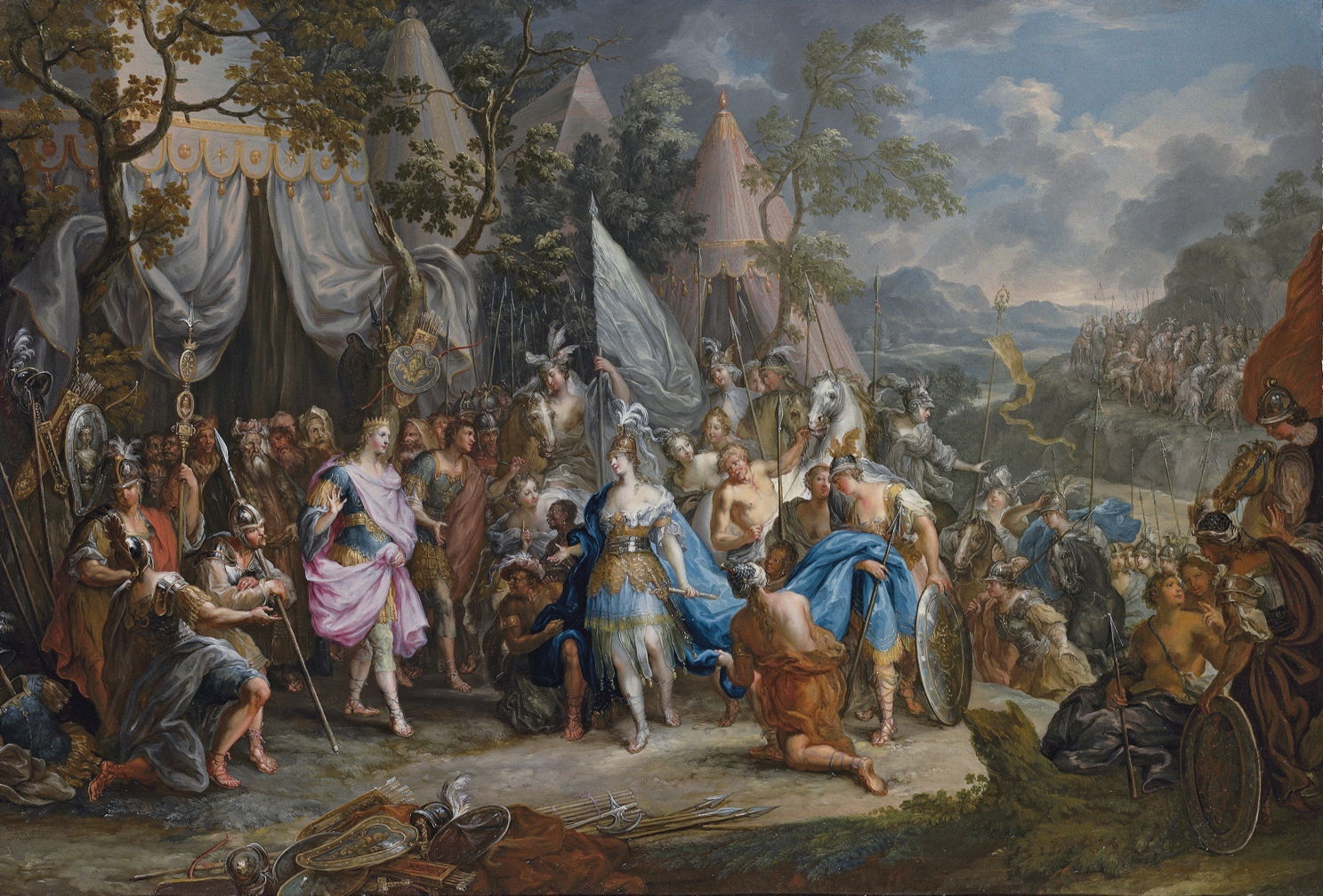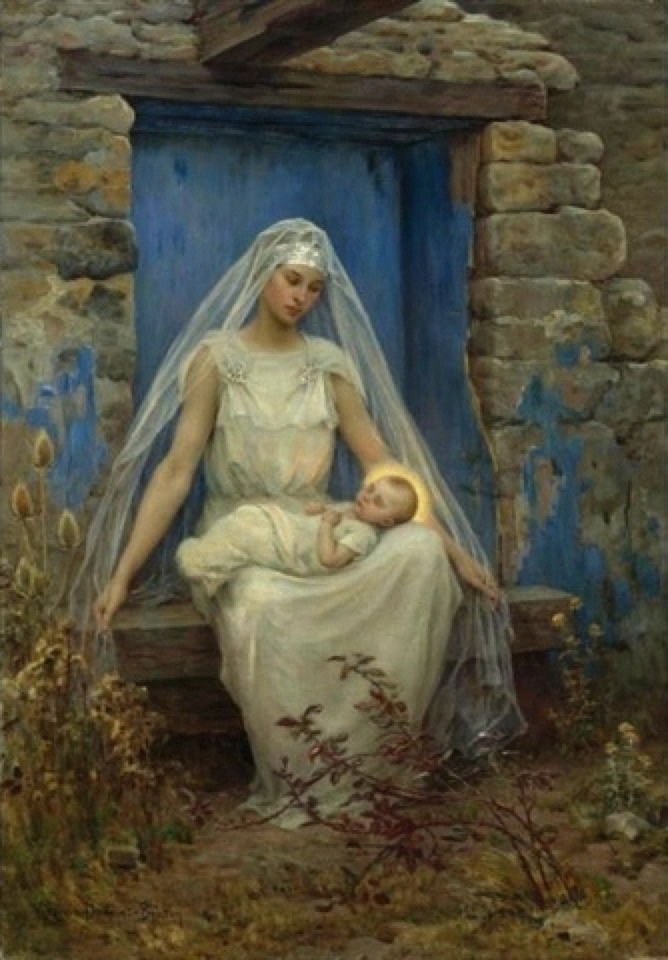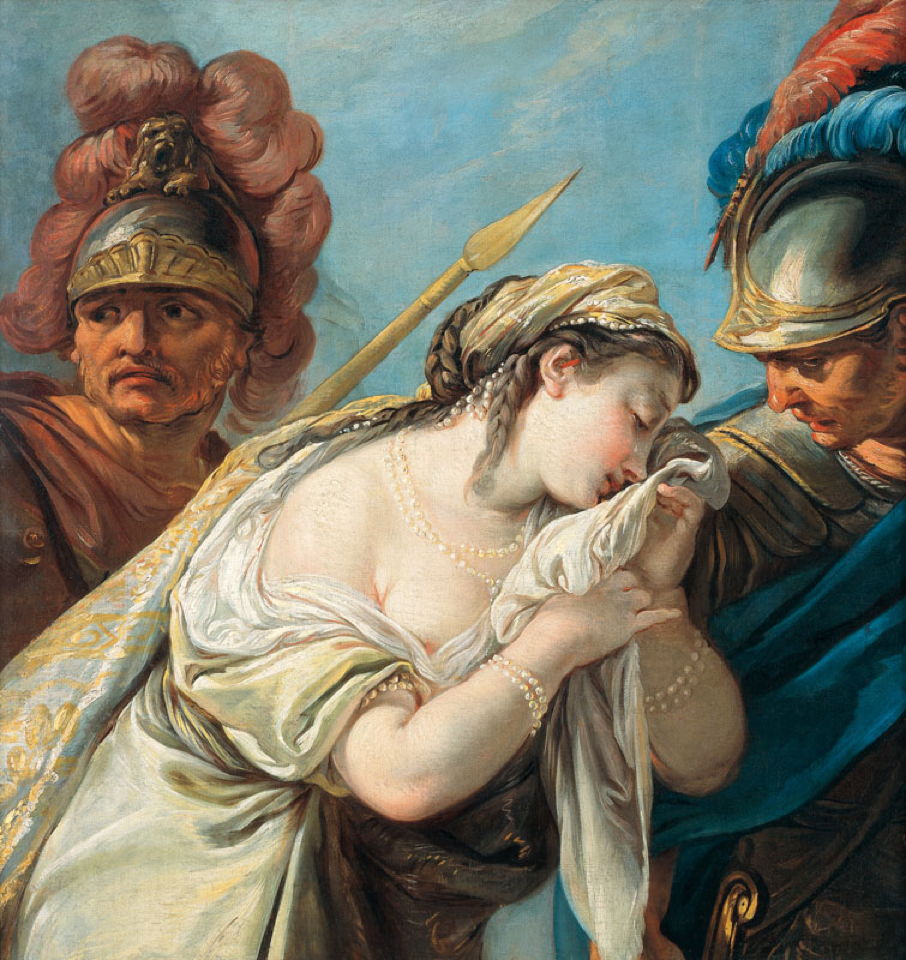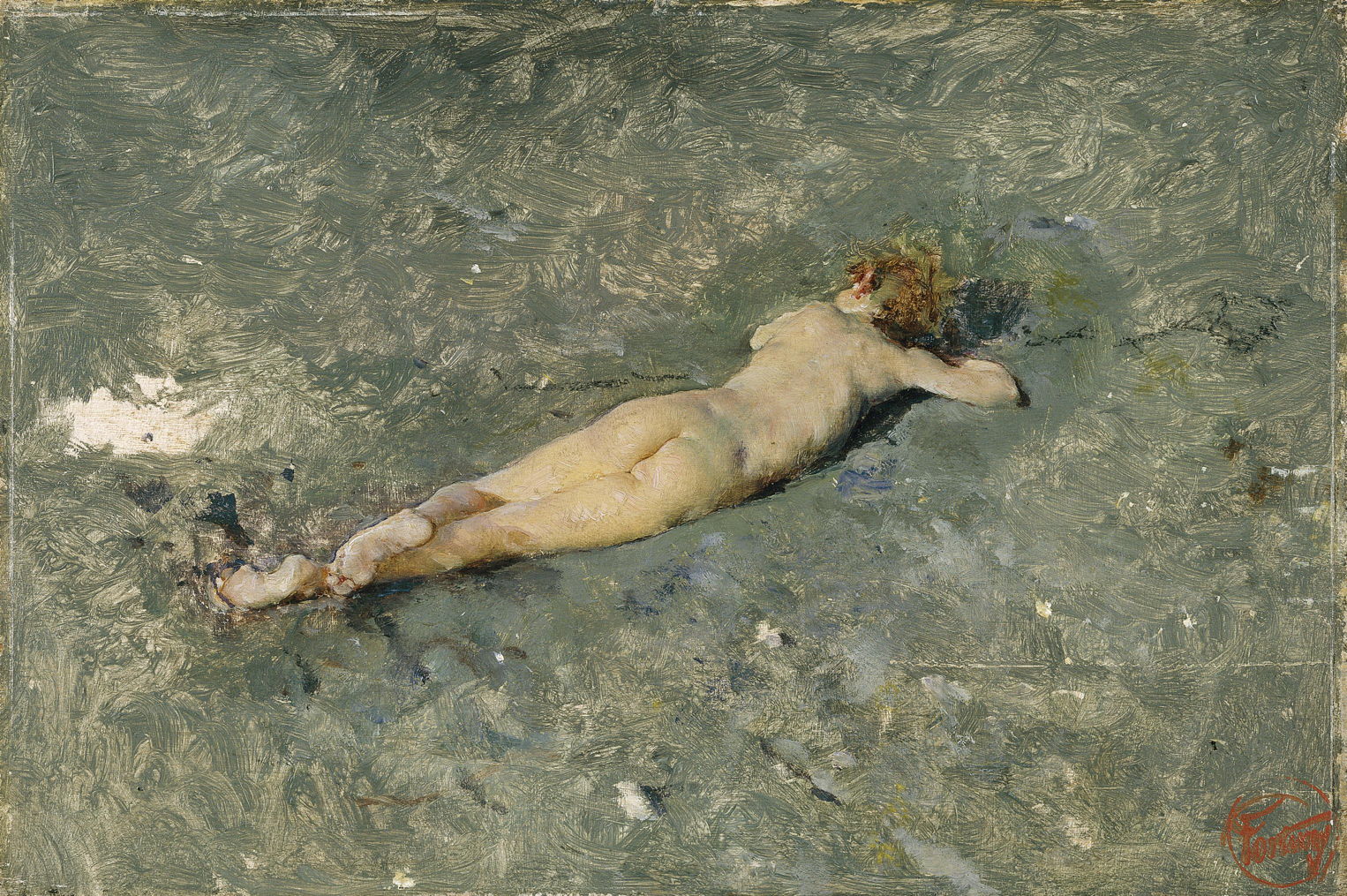Reading visual art: 171 Coffin
After death, most of us will end up in a coffin, sometimes known euphemistically as a casket. Despite their widespread use, they seldom appear in paintings, perhaps because they obscure the body. Although there’s no shortage of deaths in classical myth and legend, I’ve been unable to find any conventional narrative painting that includes a coffin. There is, though, one remarkable history painting that does.

This is Francisco Pradilla’s painting of Doña Juana “la Loca” – Juana or Joanna the Mad – from 1877, which won the Medal of Honour at the National Exhibition in Spain, went on to the Exposition Universel in Paris, and won further acclaim in Berlin.
Queen Joanna of Castile, or Juana the Mad, brought about the union of the kingdoms of Castile and Aragon, forming the basis of modern Spain. She married Philip the Handsome in 1496, shortly before her seventeenth birthday. He was crowned king of Castile in 1506, and was the first of the Habsburg monarchs in Spain. He died suddenly later that year, probably from typhoid fever, and Juana became mentally ill, refusing to let Philip’s body be buried. This is the basis of Pradilla’s painting, where Juana is shown in the nun’s habit she would have worn when she was eventually secreted into a convent. When her father, Ferdinand II, died in 1516, Juana inherited Aragon, and Spain was ruled under the personal union of her son Charles I, who was also elected Holy Roman Emperor.
Coffins do appear more in symbolic roles.

In 1923-24, Albin Egger-Lienz painted a thoroughly modern account of the Resurrection of Christ. His finished painting includes contemporary peasants, and the risen Christ standing in his own coffin.

They also appear in Frederic, Lord Leighton’s unusual And the Sea Gave Up the Dead Which Were in It (1892), whose title is a quotation from the Book of Revelation:
And the sea gave up the dead which were in it; and death and hell delivered up the dead which were in them: and they were judged every man according to their works.
(Revelation Chapter 20, verse 13.)
Considered to be one of his most dramatic paintings, it was initially intended to decorate Saint Paul’s Cathedral in London, but was rejected as unsuitable. It was then commissioned at reduced size by Henry Tate for his new gallery of British art, now The Tate Gallery in London.
Unlike much of the fearsome imagery of the Second Coming described in the book of Revelation, this is essentially an optimistic scene, being the resurrection and spiritual salvation of those who have died at sea, an all too common fate around the British coast. A central family group shows stages of awakening: the man has been fully awakened, his son is just starting to breathe but still white, and his wife still bears the pale green hue of the dead.
Around them, others are likewise being awoken from their coffins, presumably from burial at sea, or from the water itself. Leighton’s tones and colours refer to Géricault’s The Raft of the Medusa (1819), by far the most famous painting of shipwreck and death at sea, with which Leighton was very familiar. There are also references to Michelangelo’s Entombment (1500-1), in the National Gallery and a favourite of Leighton’s at the time.

This third version of Arnold Böcklin’s famous Island of the Dead was painted in 1883 for his dealer. As with others he painted, this shows a coffin being brought by boat to the island for interment.
The few other paintings of coffins show them in more ordinary funerals.

At the end of his training in Munich, Teodor Axentowicz paid his first visit to the lands of the Hutsul people, in the Carpathian Mountains of Ukraine. His oil painting of a Hutsul Funeral from 1882 shows the Hutsul in the rigours of winter, the coffin being towed on a sledge behind a cart, and the mourners clutching candles as they make their way through the snow to the stave church in the distance.

Jakub Schikaneder’s finished version of The Sad Way from 1886 shows a single weary horse drawing the cart bearing a coffin. The woman, presumably a widow before her time, stares emptily at the rutted mud track, as a man walks beside them. In the background is the floodplain of a river in full flood. It appears to be in the late autumn, with the last of the brown leaves remaining on the trees. Schikaneder’s world is barren, bleak, and forlorn.

In his village in Norway, Nikolai Astrup recorded the public rites of the community, as in his Funeral Day in Jølster (before 1908). With the grandeur of the hills behind, a small party escorts the coffin of one of the villagers. The artist’s father, the pastor, leads the procession to the small churchyard.
Perhaps the most famous painting of a burial in European art is that below, Gustave Courbet’s Burial at Ornans (1849-50).

Courbet’s monumental Burial at Ornans (1849-50), shows in remarkably unemotional and objective terms the funeral of the artist’s great uncle in this small provincial town. The event took place in September 1848, but the painting gives the impression that it is a faithful record.
Courbet actually painted the work entirely in the studio, using those who were present as models. It shows a moment that could only have existed in the artist’s memory: like Géricault’s Raft of the Medusa, it doesn’t necessarily represent an image that ever existed in reality. But it has been carefully researched, imagined, composed, and painted to give the impression of accuracy and objectivity, rather than some Romantic fantasy. Another feature it has in common is that its most significant object, the coffin, is almost obscured here by the bearers.
Finally, there’s one painting that explores one of the great fears of the nineteenth century, that of being presumed dead and being buried alive.

After his mother’s death, Antoine Wiertz became progressively more obsessed with death. His Premature Burial (1854) visits this not uncommon dread of the nineteenth century: that of being presumed dead, buried, and then recovering to find yourself in a coffin. This did happen, particularly during cholera epidemics, as indicated by the lettering on the opening coffin. The profound shock resulting from choleric dehydration could make the pulse and breathing so feeble as to escape detection; with hundreds or thousands of dead, many were dumped hurriedly into mass-produced coffins and so into mass graves. And a very few managed to survive, leading to coffins being designed with bells that could be rung by a recovered occupant. Wiertz’s victim is left with the nightmare scenario of trying to make it back to the land of the living.




























